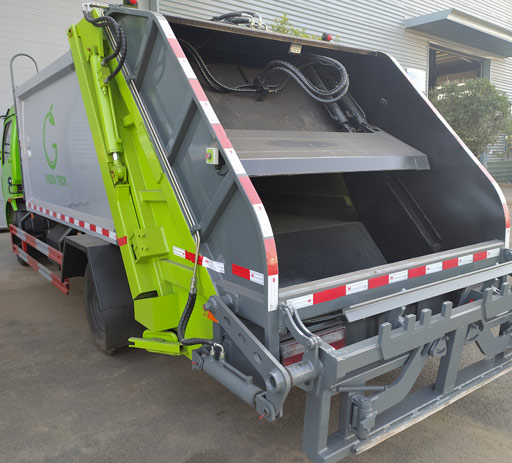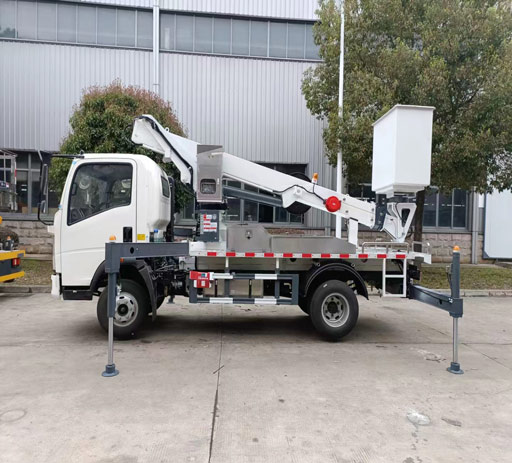Understanding the RDK 10000: Feature, Benefits, and Applications

Introduction
The RDK 10000 is a revolutionary technology that is changing the landscape of software development, network management, and real-time data processing. By enabling streamlined processes and improved efficiency, the RDK 10000 is gaining traction across various industries. This article delves deep into the features, applications, and benefits of the RDK 10000, backed by practical examples and expert insights.
What is RDK 10000?
The RDK 10000 denotes a specific version within the Reference Design Kit (RDK) ecosystem, focusing on advanced capabilities for device management and user experience enhancement. Originally designed for broadband and video service providers, this version incorporates tools that facilitate efficient handling of network resources and improved content delivery.
Key Features of RDK 10000
- Scalability: Supports a wide range of devices and services.
- Modular Design: Enables developers to customize solutions as per specific needs.
- Enhanced User Interface: Improved navigation and accessibility for end-users.
- Real-time Data Processing: Quick response times for data-intensive applications.
The Importance of RDK in Modern Technology
RDK stands for Reference Design Kit, which provides standard software components for broadband, video, and IoT-enabled devices. The RDK 10000, as one of its latest iterations, plays a critical role in various applications:
1. Enhanced Device Management
RDK 10000 offers sophisticated device management functionalities that allow service providers to monitor their networks more effectively. This includes remote firmware updates, diagnostics, and performance monitoring, which are crucial in today’s fast-paced technological environment.
2. Improved User Experiences
By utilizing advanced algorithms and optimized coding practices, the RDK 10000 ensures that users have a seamless experience. This is particularly relevant in services running on unreliable networks where service disruptions can lead to dissatisfaction.
3. Scalability and Flexibility
The modular architecture of RDK 10000 allows businesses to easily scale their operations without extensive overhauls. As a result, companies can adapt to changes in market demand and incorporate new technologies as they become available.
Applications of RDK 10000
1. Telecommunications
Telecom operators can leverage the RDK 10000 for better network management and enhanced customer interactions. Features including automated troubleshooting and real-time feedback loops lead to improved quality of service.
2. Streaming Services
Video streaming platforms benefit from the high throughput and low latency features of RDK 10000. The platform’s capabilities ensure that users experience minimal buffering and quick content delivery, which is essential in a competitive market.
3. Smart Home Integration
In the realm of IoT, RDK 10000 facilitates the integration of various smart home devices. This opens up opportunities for developing comprehensive ecosystems that provide users with greater convenience and interconnectivity.
Pricing and Deployment of RDK 10000
The deployment costs of RDK 10000 can vary based on multiple factors including organizational scale, existing infrastructure, and customization needs. However, the overall investment often pays off by increasing operational efficiency and enhancing user experiences.
Implementation Steps
- Conduct a needs assessment to understand your requirements.
- Assess your current infrastructure and identify upgrade paths.
- Engage with RDK 10000 development partners for implementation support.
- Test the deployment in a controlled environment before broad implementation.
Practical Tips for Using RDK 10000
1. Invest in Training
Providing your team with comprehensive training on RDK 10000 functionalities can significantly improve productivity and implementation speed.
2. Focus on User Feedback
Constantly gather user feedback to identify areas of improvement. Utilize RDK 10000’s real-time analytics to make informed decisions.
3. Optimize for Mobile
As mobile usage continues to soar, ensure that applications developed with RDK 10000 are optimized for various devices.
Challenges in Implementing RDK 10000
1. Initial Costs
The upfront costs associated with integrating RDK 10000 can be prohibitive for smaller businesses, but attracting investment or seeking partnerships can help.
2. Technological Expertise
Developing expertise in RDK 10000 can take time and effort. Organizations may need to hire experts or partner with experienced developers.
3. Keeping Up with Updates
As technology evolves, keeping your systems updated with the latest versions and features of RDK can be challenging. Establish a regular maintenance schedule to address this.
Case Study: Successful Implementation of RDK 10000
Company Overview
ABC Telecommunications is a mid-sized service provider that implemented the RDK 10000 to enhance its service offerings. Before the integration, ABC faced significant downtime and customer dissatisfaction.
Deployment Strategy
ABC conducted a thorough needs assessment and gradually rolled out RDK 10000, focusing on training staff and gathering customer feedback to refine their approach.
Results

| Before Implementation | After Implementation |
|---|---|
| Uptime: 85% | Uptime: 99% |
| Customer Satisfaction: 62% | Customer Satisfaction: 92% |
| Operational Costs: High | Operational Costs: Reduced by 30% |

Future Trends with RDK 10000
As the digital landscape evolves, the RDK 10000 is likely to incorporate more features focused on security, privacy, and AI capabilities. Being proactive about these advancements can help businesses stay ahead of the competition.
Frequently Asked Questions
1. What industries can benefit from RDK 10000?
RDK 10000 can benefit industries such as telecommunications, streaming services, and smart home technology.
2. Is RDK 10000 suitable for small businesses?
Yes, while the initial investment may be high, the long-term benefits in efficiency and user satisfaction can make it worthwhile for small businesses.
3. How does RDK 10000 impact customer experience?
RDK 10000 improves customer experience through faster service delivery and enhanced interface usability.

4. What support is available for implementing RDK 10000?
Consultancy firms and RDK partners offer extensive support for businesses interested in deploying RDK 10000, assisting in everything from training to implementation.
5. Can RDK 10000 be integrated with existing systems?
Yes, RDK 10000 is designed to be modular, which allows for easier integration with existing infrastructures.
6. What are the cost considerations for RDK 10000?
Cost considerations include infrastructure upgrades, training, and ongoing maintenance, but these are often offset by improved efficiency and customer satisfaction.
